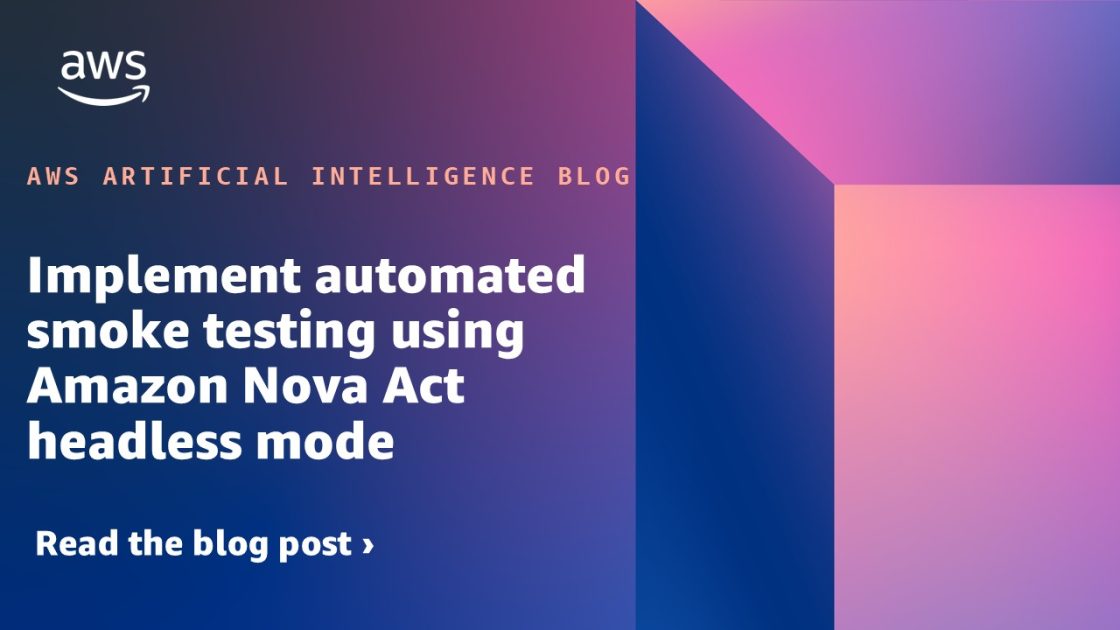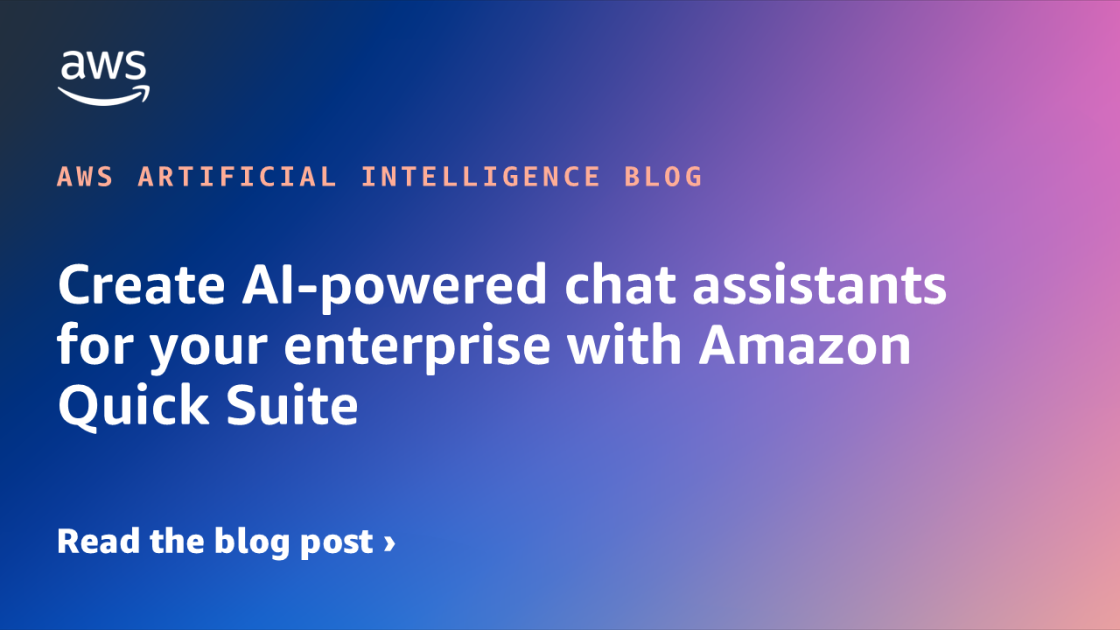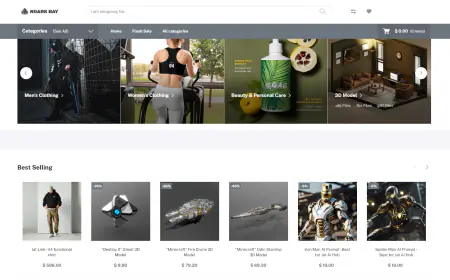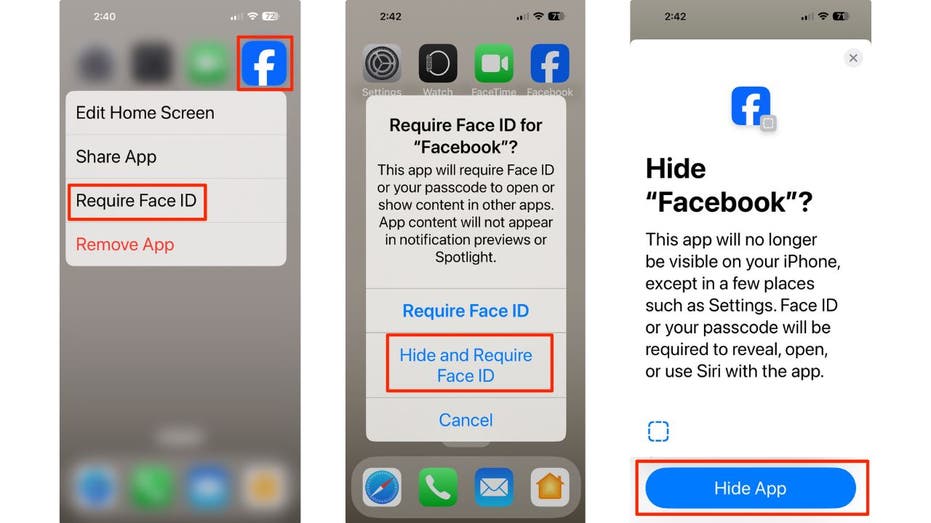Build a custom UI for Amazon Q Business
Amazon Q is a new generative artificial intelligence (AI)-powered assistant designed for work that can be tailored to your business. Amazon Q can help you get fast, relevant answers to pressing questions, solve problems, generate content, and take actions using the data and expertise found in your company’s information repositories and enterprise systems. When you […]

Amazon Q is a new generative artificial intelligence (AI)-powered assistant designed for work that can be tailored to your business. Amazon Q can help you get fast, relevant answers to pressing questions, solve problems, generate content, and take actions using the data and expertise found in your company’s information repositories and enterprise systems. When you chat with Amazon Q, it provides immediate, relevant information and advice to help streamline tasks, speed up decision-making, and spark creativity and innovation at work. For more information, see Amazon Q Business, now generally available, helps boost workforce productivity with generative AI.
This post demonstrates how to build a custom UI for Amazon Q Business. The customized UI allows you to implement special features like handling feedback, using company brand colors and templates, and using a custom login. It also enables conversing with Amazon Q through an interface personalized to your use case.
Solution overview
In this solution, we deploy a custom web experience for Amazon Q to deliver quick, accurate, and relevant answers to your business questions on top of an enterprise knowledge base. The following diagram illustrates the solution architecture.

The workflow includes the following steps:
- The user accesses the chatbot application, which is hosted behind an Application Load Balancer.
- After the user logs in, they’re redirected to the Amazon Cognito login page for authentication.
- This solution uses an Amazon Cognito user pool as an OAuth-compatible identity provider (IdP), which is required in order to exchange a token with AWS IAM Identity Center and later on interact with the Amazon Q Business APIs. For more information about trusted token issuers and how token exchanges are performed, see Using applications with a trusted token issuer. If you already have an OAuth-compatible IdP, you can use it instead of setting an Amazon Cognito user pool.
- Provisioning local users in the user pool and reconciling them with IAM Identity Center can be error-prone. You can streamline the integration of IAM Identity Center users into the user pool by using a federated IdP and creating a second custom application (SAML) in IAM Identity Center. For instructions, refer to How do I integrate IAM Identity Center with an Amazon Cognito user pool and the associated demo video.
- The UI application, deployed on an Amazon Elastic Compute Cloud (Amazon EC2) instance, authenticates the user with Amazon Cognito and obtains an authentication token. It then exchanges this Amazon Cognito identity token for an IAM Identity Center token that grants the application permissions to access Amazon Q.
- The UI application assumes an AWS Identity and Access Management (IAM) role and retrieves an AWS session token from the AWS Security Token Service (AWS STS). This session token is augmented with the IAM Identity Center token, enabling the application to interact with Amazon Q. For more information about the token exchange flow between IAM Identity Center and the IdP, refer to How to develop a user-facing data application with IAM Identity Center and S3 Access Grants (Part 1) and Part 2.
- Amazon Q uses the chat_sync API to carry out the conversation.
- The request uses the following mandatory parameters:
- applicationId – The identifier of the Amazon Q application linked to the Amazon Q conversation.
- userMessage – An end-user message in a conversation.
- Amazon Q returns the response as a JSON object (detailed in the Amazon Q documentation). The following are a few core attributes from the response payload:
- systemMessage – An AI-generated message in a conversation.
- sourceAttributions – The source documents used to generate the conversation response. In Retrieval Augmentation Generation (RAG), this always refers to one or more documents from enterprise knowledge bases that are indexed in Amazon Q.
- The request uses the following mandatory parameters:
Prerequisites
For this walkthrough, you should have the following prerequisites:
- An AWS account set up.
- A VPC where you will deploy the solution.
- An IAM role in the account with sufficient permissions to create the necessary resources. If you have administrator access to the account, no additional action is required.
- An existing, working Amazon Q application, integrated with IAM Identity Center. If you haven’t set one up yet, see Creating an Amazon Q application.
- Access to IAM Identity Center to create a customer managed application.
- An SSL certificate created and imported into AWS Certificate Manager (ACM). For more details, refer to Importing a certificate. If you don’t have a public SSL certificate, follow the steps in the next section to generate a private certificate.
Generate a private certificate
If you already have an SSL certificate, you can skip this section.
You will receive a warning from your browser when accessing the UI if you didn’t provide a custom SSL certificate when launching the AWS CloudFormation stack. The instructions in this section show you how to create a self-signed certificate. This is not recommended for production use cases. You should obtain an SSL certificate that has been validated by a certificate authority, import it into ACM, and reference this when launching the CloudFormation stack. If you want to continue with the self-signed certificate (for development purposes), you should be able to proceed past the browser warning page. With Chrome, you will see the message Your connection is not private error message (NET::ERR_CERT_AUTHORITY_INVALID), but by choosing Advanced, you should then see a link to proceed.
The following command generates a sample self-signed certificate (for development purposes) and uploads the certificate to ACM. You can also find the script on the GitHub repo.
Note down the CertificateARN to use later while provisioning the CloudFormation template.
Provision resources with the CloudFormation template
The full source of the solution on in the GitHub repository and is deployed with AWS CloudFormation.
Choose Launch Stack to launch a CloudFormation stack in your account and deploy the template:
This template creates separate IAM roles for the Application Load Balancer, Amazon Cognito, and the EC2 instance. Additionally, it creates and configures those services to run the end-to-end demonstration.
Provide the following parameters for the stack:
- Stack name – The name of the CloudFormation stack (for example,
AmazonQ-UI-Demo). - AuthName – A globally unique name to assign to the Amazon Cognito user pool. Make sure your domain name doesn’t include any reserved words, such as cognito, aws, or amazon.
- CertificateARN – The CertificateARN generated from the previous step.
- IdcApplicationArn – This is the Amazon Resource Name (ARN) for the AWS Identity Center customer application. Leave it blank on the first run, because you need to create the Amazon Cognito user pool as part of this stack. This will create an IAM Identity Center application with an Amazon Cognito user pool as the trusted token issuer.
- LatestAMIId – The ID of the AMI to use for the EC2 instance. We suggest keeping the default value.
- PublicSubnetIds – The ID of the public subnet that can be used to deploy the EC2 instance and the Application Load Balancer.
- QApplicationId – The existing application ID of Amazon Q.
- VPCId – The ID of the existing VPC that can be used to deploy the demo.

After the CloudFormation stack deploys successfully, copy the following values on the stack’s Outputs tab:
- Audience – Audience to set up the customer application in IAM Identity Center
- RoleArn – ARN of the IAM role required to set up the token exchange in IAM Identity Center
- TrustedIssuerUrl – Endpoint of the trusted issuer to set up IAM Identity Center
- URL – The load balancer URL to access the UI application
Create an IAM Identity Center application
The actions described in this section are one-time actions. The goal is to configure an application in IAM Identity Center to represent the application you are building. Specifically, in this step, you configure IAM Identity Center to be able to trust the identity tokens by which your application will represent its authenticated users. Complete the following steps:
- On the IAM Identity Center console, add a new custom managed application.
- For Application type, select OAuth 2.0, then choose Next.

- Enter an application name and description.
- Set Application visibility as Not visible, then choose Next.
- On the Trusted token issuers tab, choose Create trusted token issuer.
- For Issuer URL, provide the
TrustedIssuerUrlyou copied from the CloudFormation stack output. - Enter an issuer name and keep the map attributes as Email.
- In the IAM Identity Center application authentication settings, select the trusted token issuer created in the previous step and add the Aud claim, providing the audience you copied from the CloudFormation stack output, then choose Next.
- On the Specify application credentials tab, choose Enter one or more IAM roles and provide the value for RoleArn you copied from the CloudFormation stack output.
- Review all the steps and create the application.
- After the application is created, go to the application, choose Assign users and groups, and add the users who will have access to the UI application.
- On the Select setup type page, choose All applications for service with same access, choose Amazon Q from the Services list, and choose Trust applications.
- After the IAM Identity Center application is created, copy the application ARN.
- On the AWS CloudFormation console, update the stack and provide the IAM Identity Center application ARN for the parameter
IdcApplicationArn, then run the stack.

- When the update process is complete, go to the CloudFormation stack’s Outputs tab and copy the URL provided there.
Custom UI
The CloudFormation stack deploys and starts the Streamlit application on an EC2 instance on port 8080. To view the health of the application running behind the Application Load Balancer, open the Amazon EC2 console and choose Load Balancing under Target groups in the navigation pane. For debugging purposes, you can also connect to Amazon EC2 through Session Manager, a capability of AWS Systems Manager.

To access the custom UI, use the URL that you copied from the CloudFormation stack output. Choose Sign up and use the same email address for the users that were registered in IAM Identity Center.

After successful authentication, you’re redirected to the custom UI. You can enhance it by implementing custom features like handling feedback, using your companies brand colors and templates, and personalizing it to your specific use case.

Clean up
To avoid future charges in your account, delete the resources you created in this walkthrough. The EC2 instance with the custom UI will incur charges as long as the instance is active, so stop it when you’re done.
- On the CloudFormation console, in the navigation pane, choose Stacks.
- Select the stack you launched (
AmazonQ-UI-Demo), then choose Delete.
Conclusion
In this post, you learned how to integrate a custom UI with Amazon Q Business. Using a custom UI tailored to your specific needs and requirements makes Amazon Q more efficient and straightforward to use for your business. You can include your company branding and design, and have control and ownership over the user experience. For example, you could introduce custom feedback handling features.
The sample custom UI for Amazon Q discussed in this post is provided as open source—you can use it as a starting point for your own solution, and help improve it by contributing bug fixes and new features using GitHub pull requests. Explore the code, choose Watch in the GitHub repo to receive notifications about new releases, and check back for the latest updates. We welcome your suggestions for improvements and new features.
For more information on Amazon Q business, refer to the Amazon Q Business Developer Guide.
About the Authors
 Ennio Emanuele Pastore is a Senior Architect on the AWS GenAI Labs team. He is an enthusiast of everything related to new technologies that have a positive impact on businesses and general livelihood. He helps organizations in achieving specific business outcomes by using data and AI, and accelerating their AWS Cloud adoption journey.
Ennio Emanuele Pastore is a Senior Architect on the AWS GenAI Labs team. He is an enthusiast of everything related to new technologies that have a positive impact on businesses and general livelihood. He helps organizations in achieving specific business outcomes by using data and AI, and accelerating their AWS Cloud adoption journey.
 Deba is a Senior Architect on the AWS GenAI Labs team. He has extensive experience across big data, data science, and IoT, across consulting and industrials. He is an advocate of cloud-centered data and ML platforms and the value they can drive for customers across industries.
Deba is a Senior Architect on the AWS GenAI Labs team. He has extensive experience across big data, data science, and IoT, across consulting and industrials. He is an advocate of cloud-centered data and ML platforms and the value they can drive for customers across industries.
 Joseph de Clerck is a senior Cloud Infrastructure Architect at AWS. He leverages his expertise to help enterprises solve their business challenges by effectively utilizing AWS services. His broad understanding of cloud technologies enables him to devise tailored solutions on topics such as analytics, security, infrastructure, and automation.
Joseph de Clerck is a senior Cloud Infrastructure Architect at AWS. He leverages his expertise to help enterprises solve their business challenges by effectively utilizing AWS services. His broad understanding of cloud technologies enables him to devise tailored solutions on topics such as analytics, security, infrastructure, and automation.



















![[PRO Tips] Use the BCG matrix to help you analyze the current situation, product positioning, and formulate strategies](https://i.scdn.co/image/ab6765630000ba8a165b48c48c4321b36a1df7b9?#)
![[Business Talk] BYD's Hiring Standards: A Reflection of China's Competitive Job Market](https://i.scdn.co/image/ab6765630000ba8a1a1e0af3aefae3a685793e7c?#)
![[PRO Tips] What is ESG? How is it different from CSR and SDGs? 3 keywords that companies and investors should know](https://i.scdn.co/image/ab6765630000ba8a76dbe129993a62e85226c2b4?#)
![[Business Talk] Elon Musk](https://i.scdn.co/image/ab6765630000ba8ac91eb094519def31d2b67898?#)


















